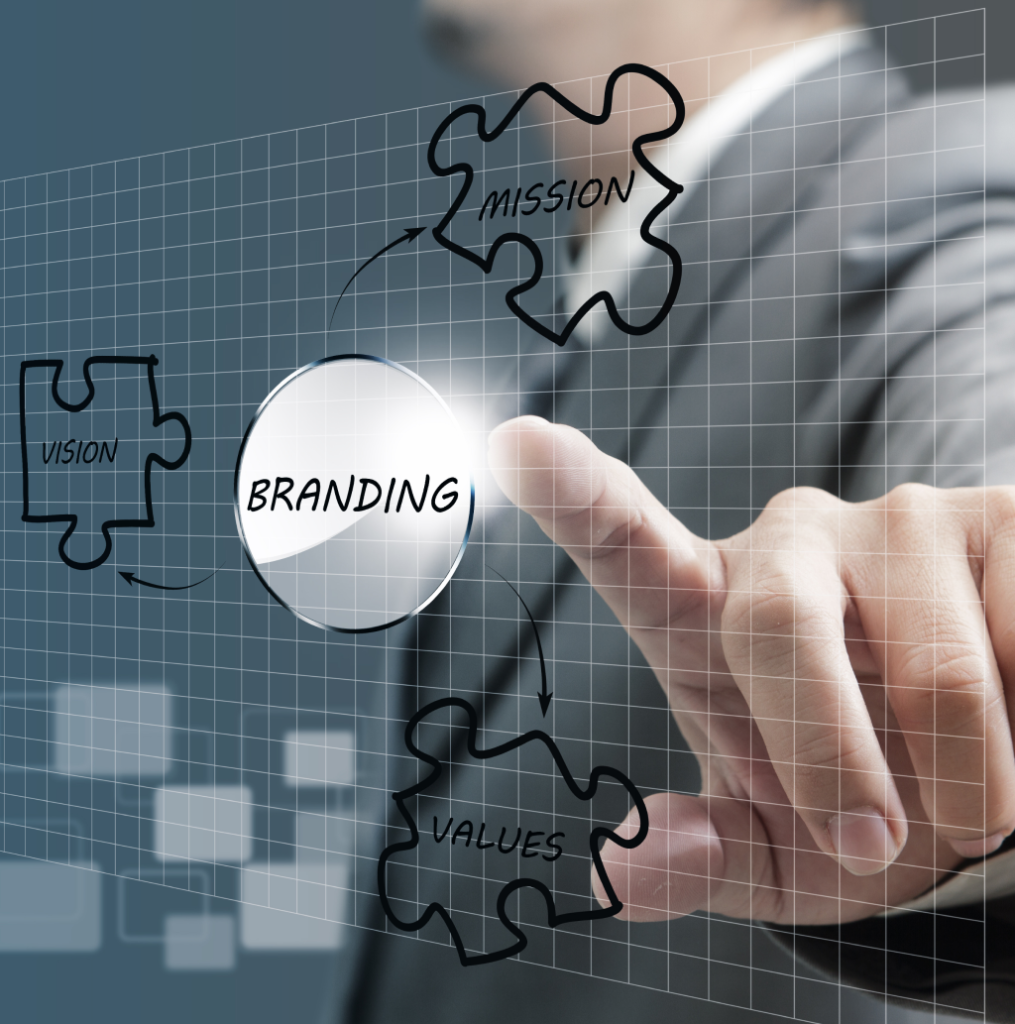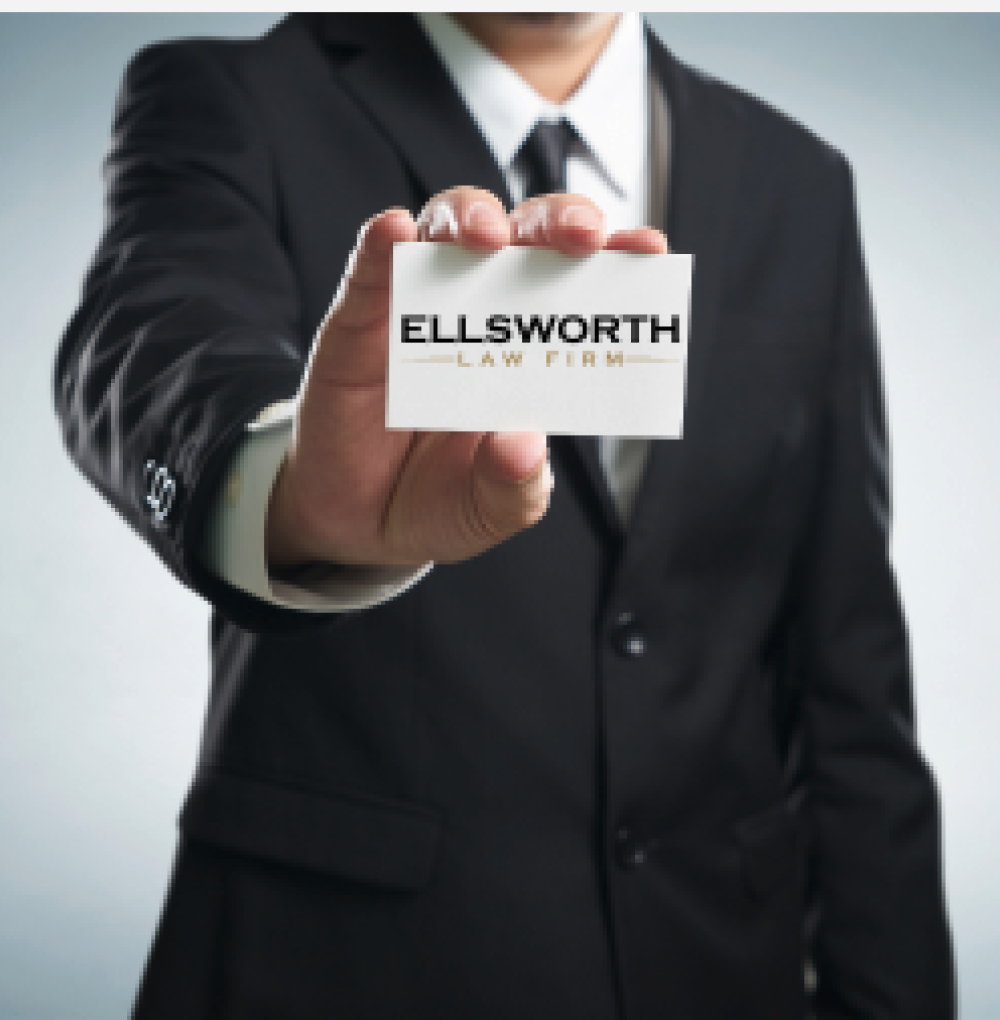SHARE
Principles of Design: Aesthetic-Usability Effect
Principles of Design: Aesthetic-Usability Effect
Design is like a mom, nobody notices when she’s around, but everybody misses her when she’s not.
Design is all about problem solving. More specifically, in web design, it’s all about influencing the actions of your visitors.
Have you ever stopped to consciously think about what you want your site visitors to do on your website?
If not, I highly recommend it, it should be one of the first decisions you make.
If you have a shopping cart then your goal is get your users to purchase your products. If you have a landing page you want them to fill out your lead form.
You get the idea.
How do you influence the decisions that your users make?
I’m sure you’ve been to a website that has a lack of design structure. As soon as you land on the page it’s dead obvious. It is ugly and your first first thought is, “um…where do I start?”. Chances are you won’t stick around for long. Within the first 3-5 seconds of landing on the page you are already gone.
Powerful design is transparent. It draws the focus to your content and in subtle ways it can lead you to take the desired action. Successful companies and brands have known and utilized the psychology of design for years.
In this series of blog posts I’m going to take you through a series of design principles and show you how to influence your site visitors in a positive way that can and will increase your ability to generate revenue.
So, Aesthetic-Usability Effect.
“Aesthetic designs are perceived as easier to use than less-aesthetic designs.”
Makes sense, right? If a design looks clean and easy to use it makes sense that I would think it is easy to use. As a business owner, why should you care?
Aesthetics play a huge role in how a design is used. As a business owner you want to make sure that your website or interface is using the Aesthetic-usability effect appropriately.
Studies have shown that when users are using a design that is Aesthetically pleasing they build emotions of loyalty, patience, and affection. On the other hand, if they are trying to use a system that is not aesthetically pleasing it causes feeling of frustration, hatred, and annoyance. The interesting thing here is that when the users develop these feelings they are directly affecting how they perceive your brand. Wouldn’t you rather spend the extra time to ensure your website is beautiful and cultivate a loyal customer?
Keep this in mind as you build out your company website and applications, even if it means you have to spend time and money on a professional, It’s well worth the investment.
Have you seen this principle in action? List in the comments some good and bad examples of the Aesthetic-Usability effect.
you may also like
5 Signs It’s Time to Switch: Upgrading from Shared to Dedicated Managed Cloud Hosting
In the digital age, a strong online presence is crucial for businesses aiming to thrive and expand….
The Power of Storytelling in Web Design
In the digital age, where countless websites vying for attention, storytelling in web design has emerged as…
The Secret to Successful Company Growth
We're determined to help your company grow by providing a solid marketing foundation and all the tools you need to accellerate your growth, from your website to your online and offline marketing strategies.
Download Our Guide
You have a great company, all the expertise you can possible attain in your industy, and you offer an excellent service.
Now for the age-old question...




